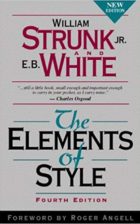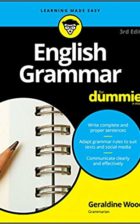Slashes have a variety of different uses: to list alternatives, to separate numbers in a fraction or ratio, to indicate ranges and certain abbreviations, and to present lines of poetry in a readable way.
To avoid any errors in your writing, here is how to use slashes correctly:
1. Listing Alternatives
2. Fractions and Ratios
3. Time Ranges
4. Abbreviations
5. Poetry
1. Listing Alternatives
A slash—also known as a virgule or solidus—is most often used to indicate alternatives. When used this way, a slash can mean either “or” or “and/or,” depending on the context:
Whoever did that, he/she will be held responsible.
he or she
Please have your parents/guardian sign this form.
parents or guardian
I applied to an honors/master’s program.
honors and/or master’s program
If a slash is used with an open compound, then add a space on either side of it. This will avoid any ambiguity for the reader (a similar rule is seen in the section on linking dashes).
Take this form to your local hospice / public hospital.
* Take this form to your local hospice/public hospital.
The second example is confusing because it seems like “hospice” and “public” are the two alternatives rather than “hospice” and “public hospital.”
2. Fractions & Ratios
Slashes are commonly used to represent fractions and ratios.
One-third = 1/3
One-half = 1/2
Three-quarters = 3/4
These ratios can also be written using colons instead:
One-third = 1:3
One-half = 1:2
Three-quarters = 3:4
3. Time Ranges
Periods of time can be shown with a slash. This is common when providing a range of years:
Our last workshop (2016/17) had a great response.
The first two digits have been omitted for “2017.” It is assumed to share the same base as the first number.
Patterns like these can also be written with en dashes:
Our last workshop (2016–2017) had a great response.
Our last workshop (2016–17) had a great response.
See the section on dashes for more information.
4. Abbreviations
A variety of abbreviated technical terms use a slash to represent the word “per”:
100 kilometers per hour: 100 km/h
5 centimeters per second = 5 cm/s
20 kilograms per cubic meter = 20 kg/m3
Another common abbreviation is “c/o.” This means “care of” and is usually seen on envelopes when someone else is responsible for passing the letter on to the recipient.
5. Poetry
When the lines of a poem are written out in sentence form rather than displayed vertically, the standard convention is to indicate the line breaks with slashes.
For more help with your grammar, check out these fantastic books:








